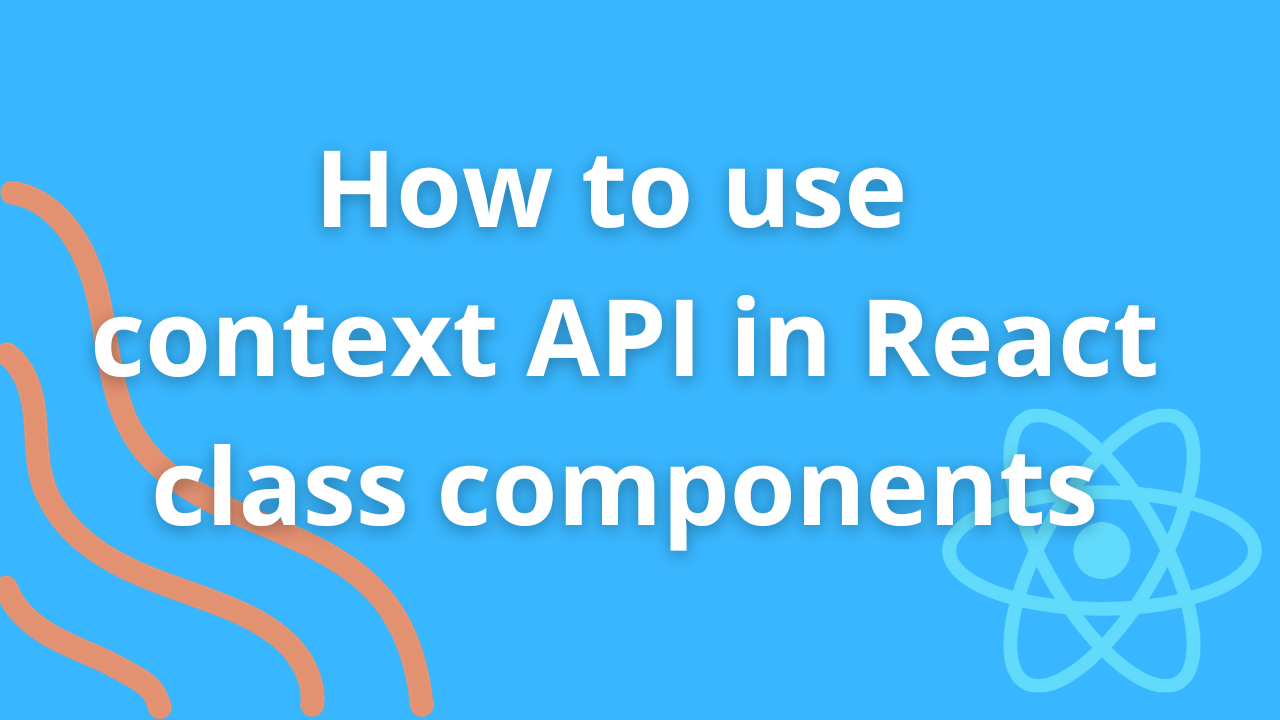The Context API in React allows you to share state across components without having to manually pass props down through every level of your component tree. While context is often associated with functional components and hooks, it can also be used effectively in class components. In this blog post, we'll explore how to use the Context API in React class components.
Prerequisites
Before we dive into using the Context API in class components, ensure you have the following prerequisites:
-
Basic Knowledge of React: You should have a good understanding of React, class components, and state management.
-
A React Project: You should have an existing React project where you want to implement the Context API.
Step 1: Creating a Context
To use the Context API, you first need to create a context. You can do this by using the React.createContext() method. Typically, this is done outside of your class component.
import React from "react";
// Create a new context
const MyContext = React.createContext();
Step 2: Creating a Provider Component
The next step is to create a provider component. This component will wrap the parts of your application that need access to the context's state. This is also where you define the state and any functions to update that state.
class MyProvider extends React.Component {
constructor() {
super();
this.state = {
data: [], // Your shared state goes here
};
}
render() {
return (
<MyContext.Provider
value={{
state: this.state,
// Add any functions to update the state here
}}
>
{this.props.children}
</MyContext.Provider>
);
}
}
In the above example, we've created a MyProvider class component that wraps its children with MyContext.Provider. We pass the current state as well as any functions to update that state as part of the value prop.
Step 3: Using the Context Consumer
With the provider in place, you can now consume the context in your class components using the MyContext.Consumer component.
class MyComponent extends React.Component {
render() {
return (
<MyContext.Consumer>
{(context) => (
<div>
<p>Data from context: {context.state.data}</p>
{/* You can access the state and functions here */}
</div>
)}
</MyContext.Consumer>
);
}
}
Inside the MyContext.Consumer component, you can access the shared state and any functions provided by the context.
Step 4: Wrapping Your App
Wrap your entire application or the relevant part of your component tree with the MyProvider component. This is typically done in the root component of your application.
class App extends React.Component {
render() {
return <MyProvider>{/* The rest of your application */}</MyProvider>;
}
}
Step 5: Accessing Context in Class Components
You can now access the context in any class component that is a descendant of the MyProvider. Just make sure to use the MyContext.Consumer component to access the context's values.
Conclusion
The Context API in React is a powerful tool for managing state in your application, and it's not limited to functional components and hooks. By following the steps outlined in this blog post, you can successfully implement and use the Context API in your React class components, enabling you to share state and functions across your application without the need for extensive prop drilling.
